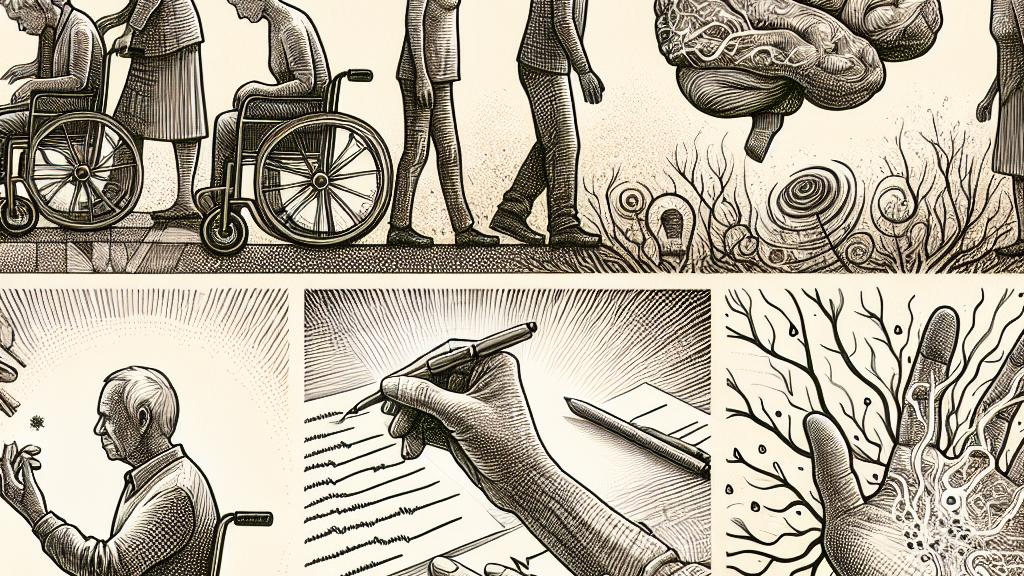Harnessing Handwriting Analysis for Understanding Neurodegenerative Diseases
Overview
- Handwriting analysis offers an intriguing glimpse into the early signs of neurodegenerative diseases like Alzheimer's and Parkinson's.
- By analyzing specific handwriting metrics, researchers can effectively differentiate between those with these conditions and healthy individuals.
- The incorporation of explainable AI (xAI) ensures that findings from handwriting analysis are transparent and meaningful.

Understanding Neurodegenerative Diseases
Neurodegenerative diseases, such as Alzheimer's disease (AD) and Parkinson's disease (PD), can drastically reshape the lives of both patients and their families. These conditions lead to a slow and often heartbreaking decline in cognitive function and motor skills. Interestingly, while we often associate symptoms like memory loss or tremors with later stages, research reveals that subtle changes occur much earlier. For example, individuals with PD might exhibit changes in their handwriting—such as decreasing size or increased shakiness—even before other physical symptoms arise. Thus, understanding these early indicators is crucial. Institutions like the Peter O'Donnell Jr. Brain Institute at UT Southwestern Medical Center stress the importance of developing advanced diagnostic tools that can pinpoint these changes. Early detection can open the door to timely treatment options that may significantly slow disease progression, ultimately improving a patient’s quality of life.
The Role of Handwriting Analysis
In recent years, handwriting analysis has emerged as a fascinating and promising approach for assessing neurodegenerative diseases. A noteworthy study featured in arXiv analyzed handwriting from 113 subjects engaging in various tasks on digital tablets, unveiling a wealth of information hidden in their written strokes. The researchers extracted crucial metrics such as writing speed, pressure applied during writing, and the frequency of pauses—all of which can serve as vital biomarkers. For instance, in this study, individuals diagnosed with AD demonstrated a marked decrease in writing speed and irregular pressure patterns compared to their healthy peers. What's compelling is that these metrics provided an impressive accuracy rate of up to 87% in distinguishing AD patients from healthy individuals. This compelling evidence underscores the notion that handwriting is more than just a reflection of our personality; it is a window into our neurological health.
Explainable AI and Its Impact
The true potential of handwriting analysis materializes when it is combined with explainable AI (xAI). This innovative approach enhances the clarity and transparency of the results derived from handwriting assessments. By utilizing xAI, researchers can effectively articulate how specific metrics relate to the symptoms of neurodegenerative diseases, thus empowering healthcare professionals with trustworthy and comprehensible insights. Imagine the difference this could make in clinical settings! With clear explanations, doctors can better inform patients about the significance of handwriting changes and the implications for their health. The prospect of an informed approach to diagnosing neurodegenerative diseases is both exciting and hopeful. As we embrace advancements in xAI, we step closer to an era where early detection, personalized treatment plans, and improved patient outcomes are no longer just aspirations but achievable realities.

Loading...